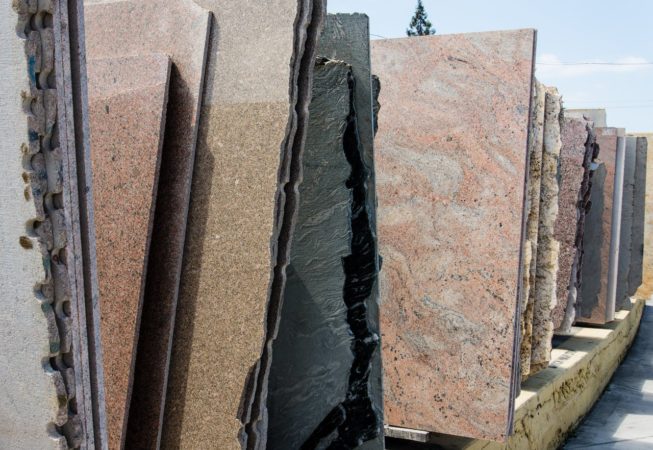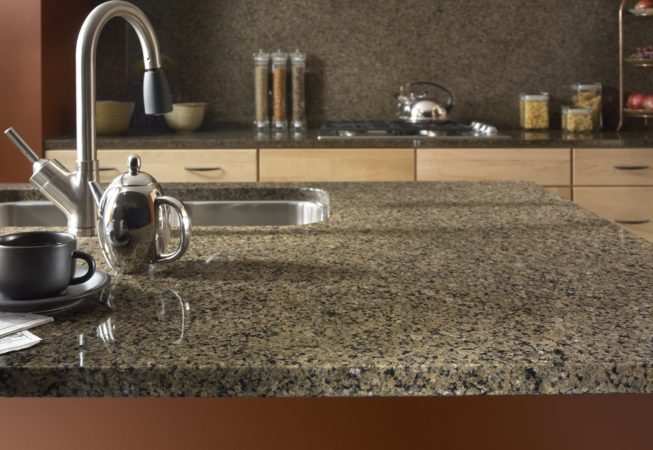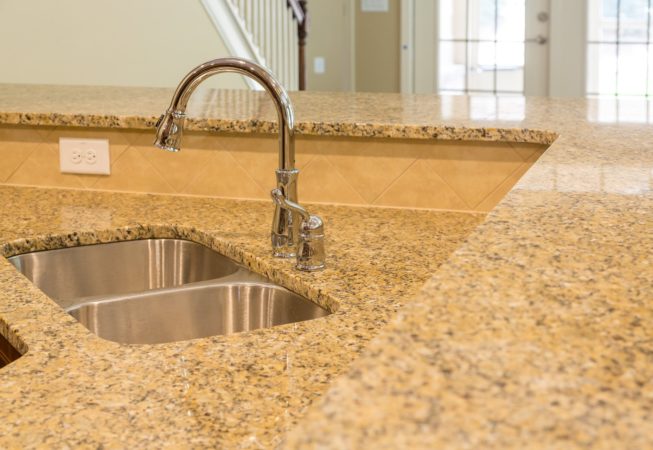Granite, Marble, Soapstone? Natural stone types.
Granite an excellent choice for kitchen countertops, floors, and other heavily used surfaces. Granite has long enjoyed use as an exterior cladding and pavement material, and its inherent strength, abrasion resistance and superior weathering durability are likely to keep it one of the preeminent material selections available to today’s architects. Granite has also been employed as the traditional material for municipal curbs, where its strength and durability have been documented with decades of vehicular abuse. In the northern climates where snow melting chemicals are used heavily, granite has resisted the attack of these caustic agents. Being one of the hardest of the dimension stone types, granite was historically avoided by the smaller, local stone fabricating shops, who favored marbles and lime stone due to their easier working properties.
Marble, Onyx, & Serpentine Ideal for foyers, bathrooms, floors and hearths Marble with its inherent warmth, adds a sophisticated element to the area in which it is installed. Its naturally random appearance, engineering characteristics, and ease of maintenance makes it a premium choice for floors, wall claddings, table tops, wainscot, floors, and vanity tops. Many marbles are well suited for wet area application, which extends the versatility of this material to include tub decks and showers. The calcite crystal is the basic building block of true marbles. The calcite crystal is vulnerable to attack by mild acids, including those commonly found in kitchen and bar settings.
Soapstone Versatile, Chemically Resistant Material Being of the softer varieties of dimension stone types, this material is not known for particularly high abrasion or scratch resistance, yet it is often used as flooring and countertop products. Soapstone is highly heat resistant, and has been used in fireplace surrounds, frequently to take advantage of this property.



